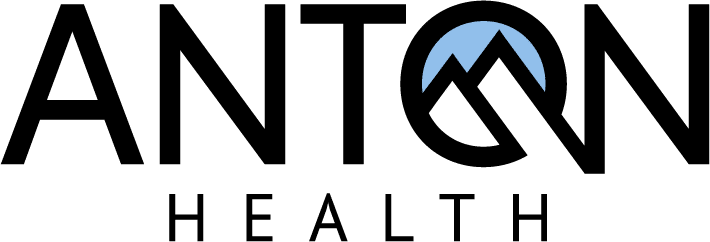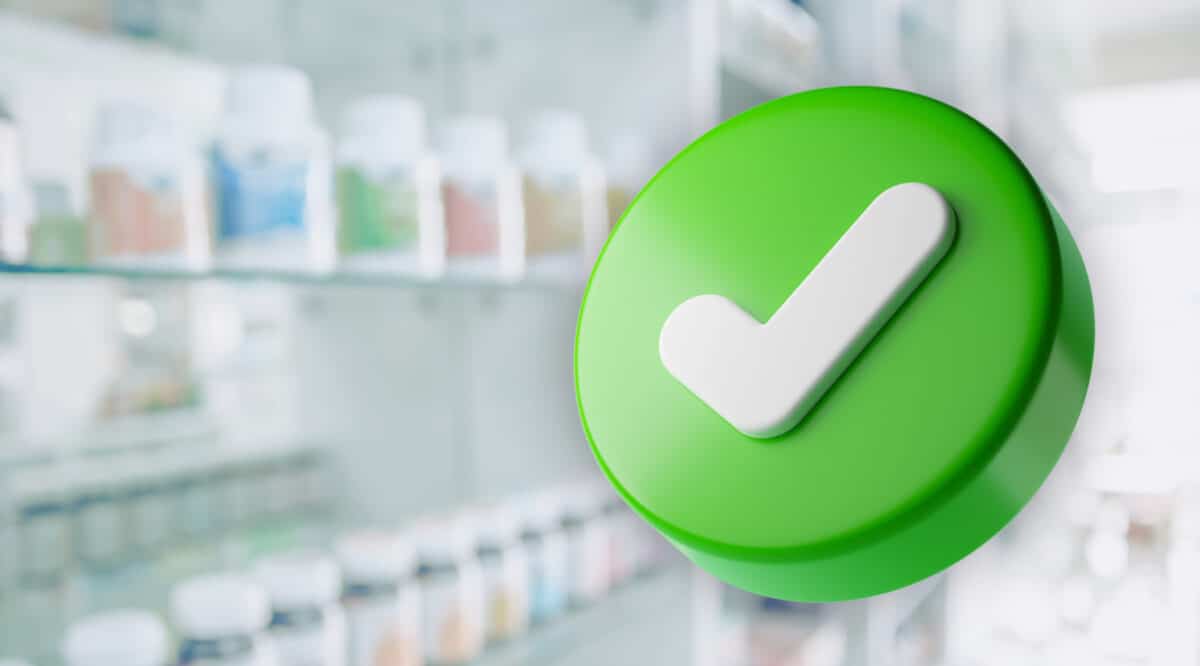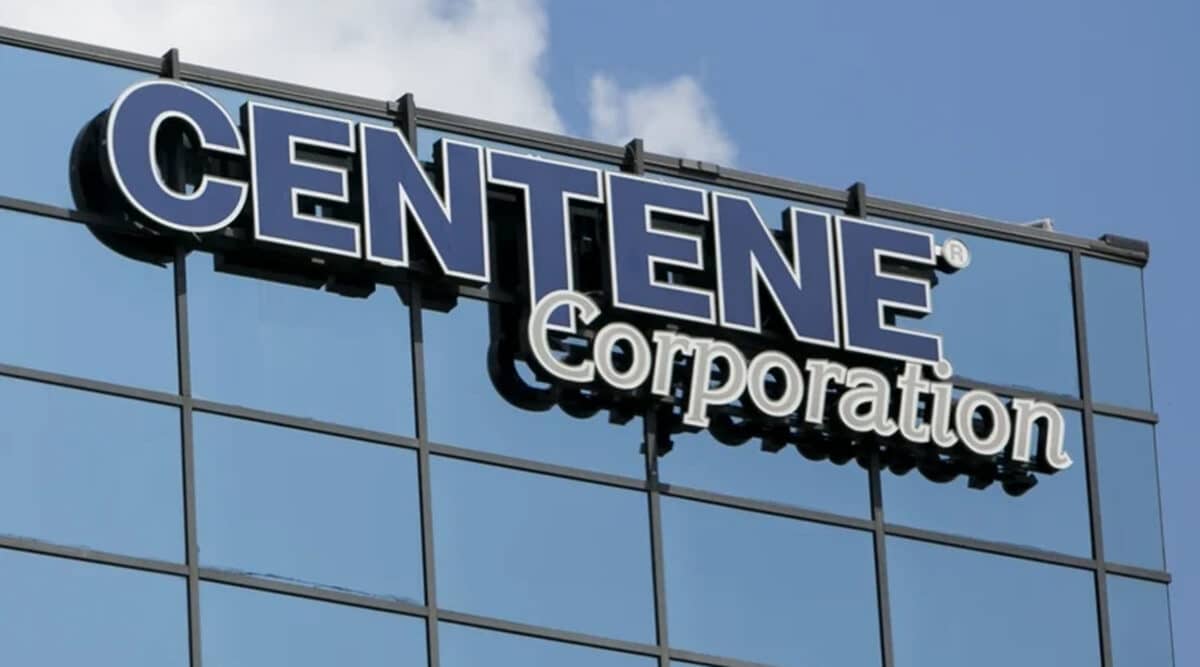The FDA this week issued final guidance related to the importation of drugs from Canada. Importation was passed late last year but many questions remained unresolved. The document the FDA just released answered a lot of questions and specialty pharmacies would do well to read through the details to see if there is any benefit to even considering purchasing drugs from Canada.
In short, a licensed pharmacist, pharmacy, or wholesale drug distributor may participate in programs to import any drug from Canada that could be sold legally there or in the American market, the FDA said. But….. there are a bunch of hoops required to be jumped through first. (surprised??)
One must apply to be an authorized purchaser as a pharmacy or a distributor. The process doesn’t appear overly difficult, but there is red tape to be cut before one gets to place order #1. Oh, and the state that you are based in must have submitted a management plan and been approved by the FDA since the states’ Boards of Pharmacy will continue in their traditional oversight role.
Here is where it gets interesting for a specialty pharmacy.Take a look at what is excluded from the program——
- Controlled substances,
- biological products,
- infused drugs (including peritoneal dialysis solutions),
- drugs that are inhaled during surgery,
- drugs that are injected intravenously (into a vein), intrathecally (into the spinal
- fluid), or intraocularly (into the eye),
- drugs that are subject to a risk evaluation and mitigation strategy (REMS), and
- drugs that are not subject to certain provisions of the Drug Supply Chain Security Act.
- For a drug product not excluded, FDA will determine on a product-by-product basis. (We believe that aspirin is one of the few remaining drugs that qualify for import….. but don’t quote me!)
With all the exclusions, one must wonder what exactly is left worth going through the trouble to import. Some serious analysis will be required to make that determination.
Since this is a relatively new market phenomenon, one must also wonder how spinning off some purchasing to a Canadian wholesaler will sit with one’s primary US wholesaler. Hmmmm.
CLICK HERE to read the full Final Rule Guidance for Industry









